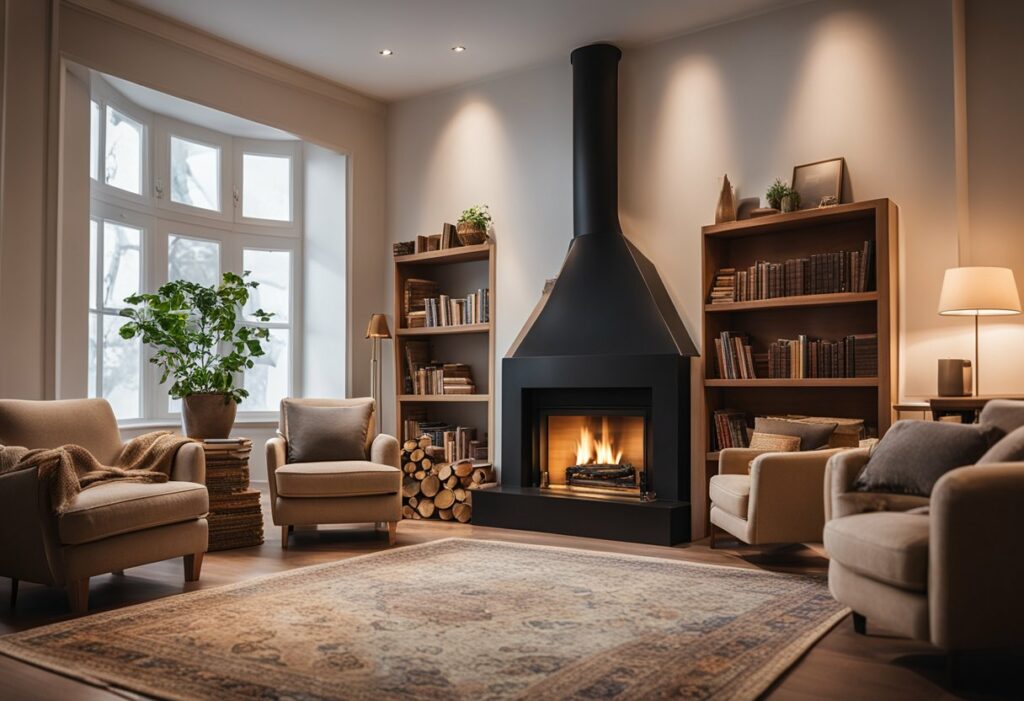Wood Interior Design: Bringing Nature Indoors
Wood interior design brings a touch of natural beauty and warmth to any space, infusing elegance and character into your home. The use of wood in interior design has been a timeless and versatile choice, offering a sense of warmth and sophistication to living spaces. Whether you’re looking to create a cosy, rustic ambiance or a modern, sleek aesthetic, wood interior design offers a wide range of possibilities to enhance your home decor.
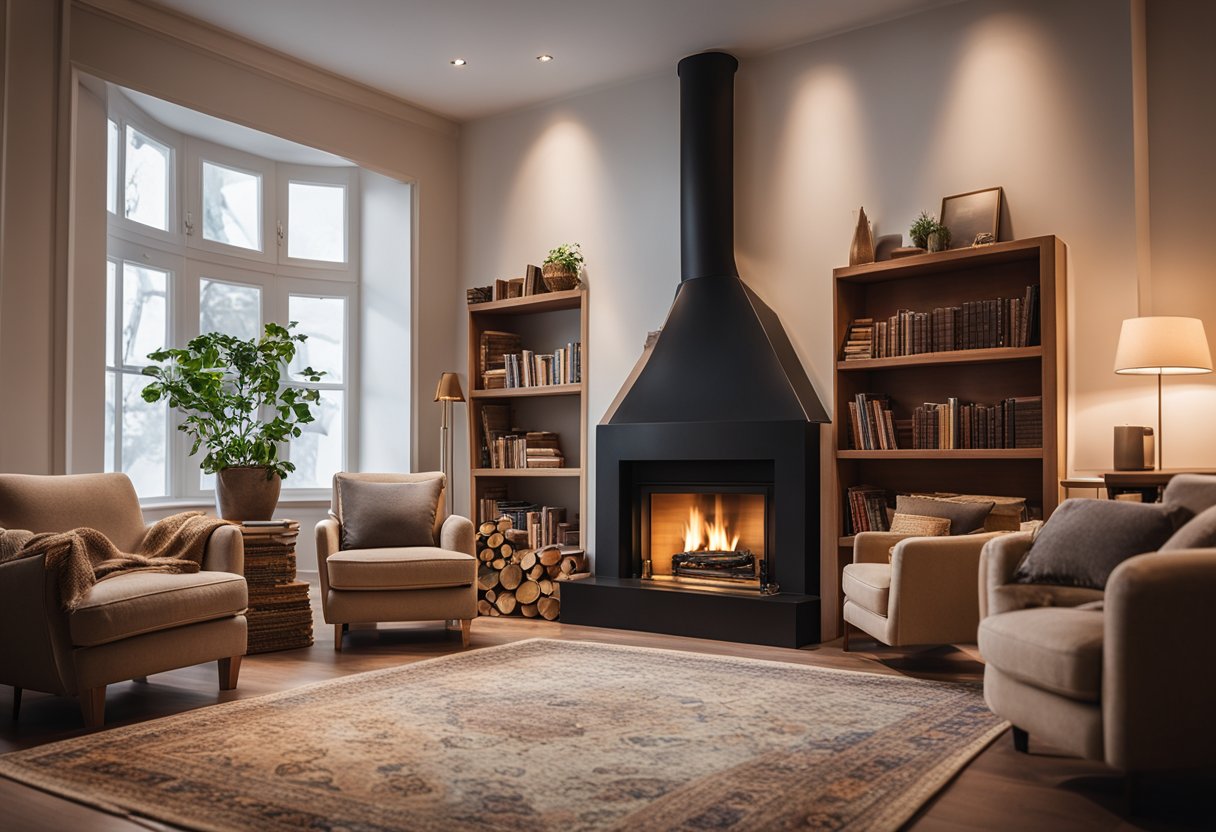
The fundamentals of wood in interior design encompass the use of various types of wood, decorating tips, and the incorporation of wooden elements to create a harmonious and inviting atmosphere. From wooden furniture and flooring to decorative accents and architectural features, wood interior design allows you to express your personal style while embracing the natural allure of wood. Additionally, staying updated on the latest trends and innovations in wood interior design can inspire you to explore new possibilities and elevate the aesthetic appeal of your living spaces.
Key Takeaways
- Wood interior design brings natural beauty, warmth, and elegance to your home decor.
- Understanding the fundamentals of wood in interior design is essential for creating a harmonious and inviting atmosphere.
- Keeping up with the latest trends and innovations in wood interior design can inspire new possibilities for enhancing your living spaces.
Fundamentals of Wood in Interior Design
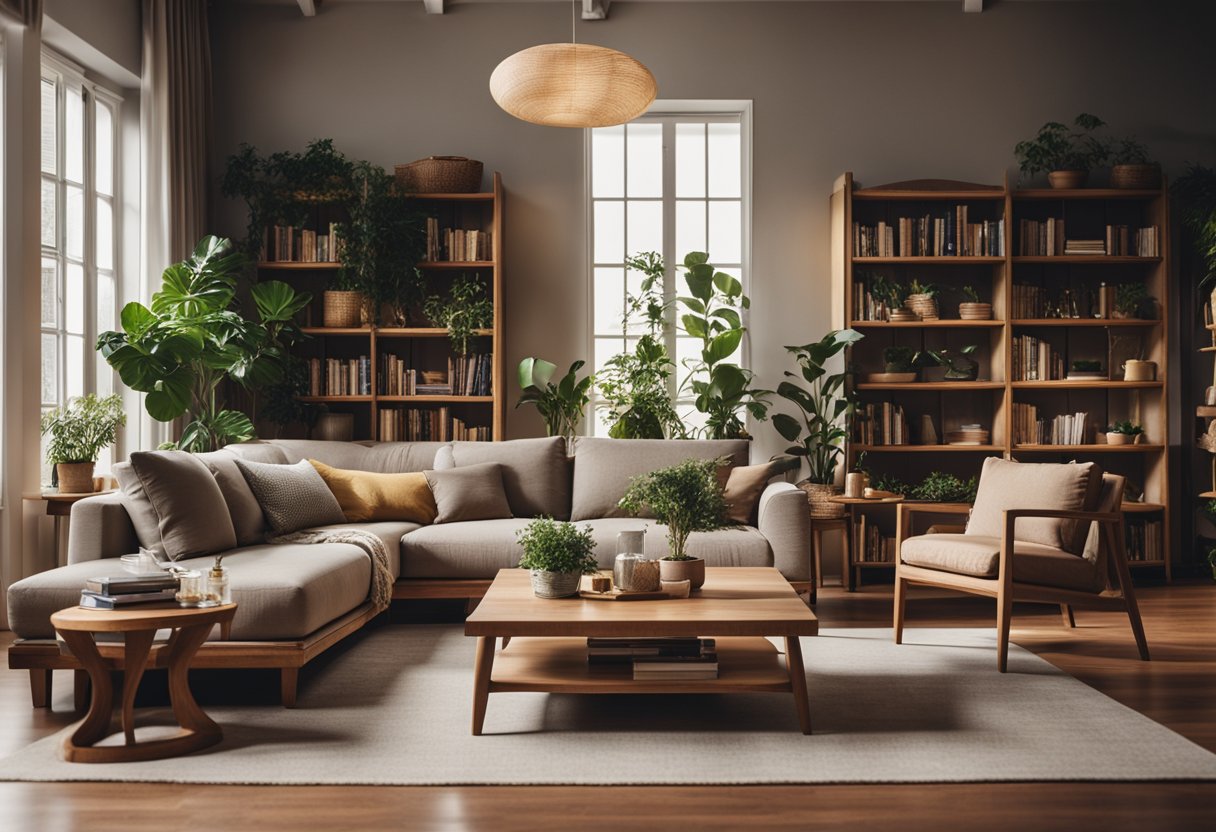
Wood is one of the most versatile and sustainable materials used in interior design. It offers both aesthetic appeal and structural integrity, making it a popular choice for designers. From rustic charm to modern elegance, wood can be incorporated into any design style to add warmth, texture, and visual interest to a space.
Types and Characteristics of Wood
There are many types of wood used in interior design, each with its own unique characteristics. Oak, ash, maple, walnut, teak, bamboo, and cedar are just a few examples of the most commonly used woods. Wood’s appearance varies widely among species, primarily in grain patterns, color, and texture. Mahogany, for example, has a fine grain and a rich, reddish-brown color, while pine has a coarser grain and a lighter, yellowish color.
Incorporating Wood Elements
Wood can be incorporated into interior design in a variety of ways, from flooring and paneling to furniture and accessories. Wooden beams, shelving, trim, accent walls, and even wooden bookshelves can add warmth and sophistication to a space. Butcher block countertops in the kitchen, for example, can add a rustic charm to the design style.
Design Principles with Wood
When incorporating wood into interior design, it’s important to consider the principles of balance and visual interest. Wood can be used to create a sense of balance in a space by adding warmth and texture to a room. Additionally, wood can be used to create visual interest by incorporating different types of wood, textures, and finishes.
Sustainability and Wood Selection
Sustainability is an important consideration when selecting wood for interior design. Sustainably sourced wood is environmentally friendly and helps to reduce the impact of deforestation. Additionally, using reclaimed wood can add a unique character to a design while reducing waste.
Combining Wood with Other Materials
Wood can be combined with other materials such as steel, concrete, and glass to create a modern, industrial look. Additionally, wood can be used to add a sense of luxury and natural beauty to a space. When combining wood with other materials, it’s important to consider the balance between the materials to create a cohesive design.
Wood Maintenance and Durability
Wood is a durable material that can last for many years with proper maintenance. Varnish and other finishes can help to protect the wood from wear and tear, while regular cleaning can help to maintain its natural beauty. Additionally, using durable wood types such as teak and walnut can ensure that the wood lasts for many years.
Wood in Different Rooms
Wood can be used in any room of the house, from the living room to the bedroom. In the living room, wood paneling and wooden furniture can add warmth and texture to the design. In the bedroom, wooden floors and wooden furniture can create a sense of comfort and privacy.
Wood and Lighting
Wood can be used to create a warm and inviting atmosphere in a space. When combined with the right lighting, wood can create a cozy and welcoming environment. Additionally, using wood in combination with natural light can enhance the natural beauty of the wood.
Cultural Influences in Wood Design
Different cultures have different design styles when it comes to wood. For example, Japanese design often incorporates natural wood and fine grain textures to create a minimalist and sophisticated design style. In contrast, farmhouse design often incorporates rustic wood paneling and furniture to create a warm and inviting atmosphere.
Incorporating wood into interior design can add warmth, texture, and visual interest to a space. With so many types of wood and design styles to choose from, wood can be incorporated into any design style to create a unique and beautiful space.
Trends and Innovations in Wood Interior Design
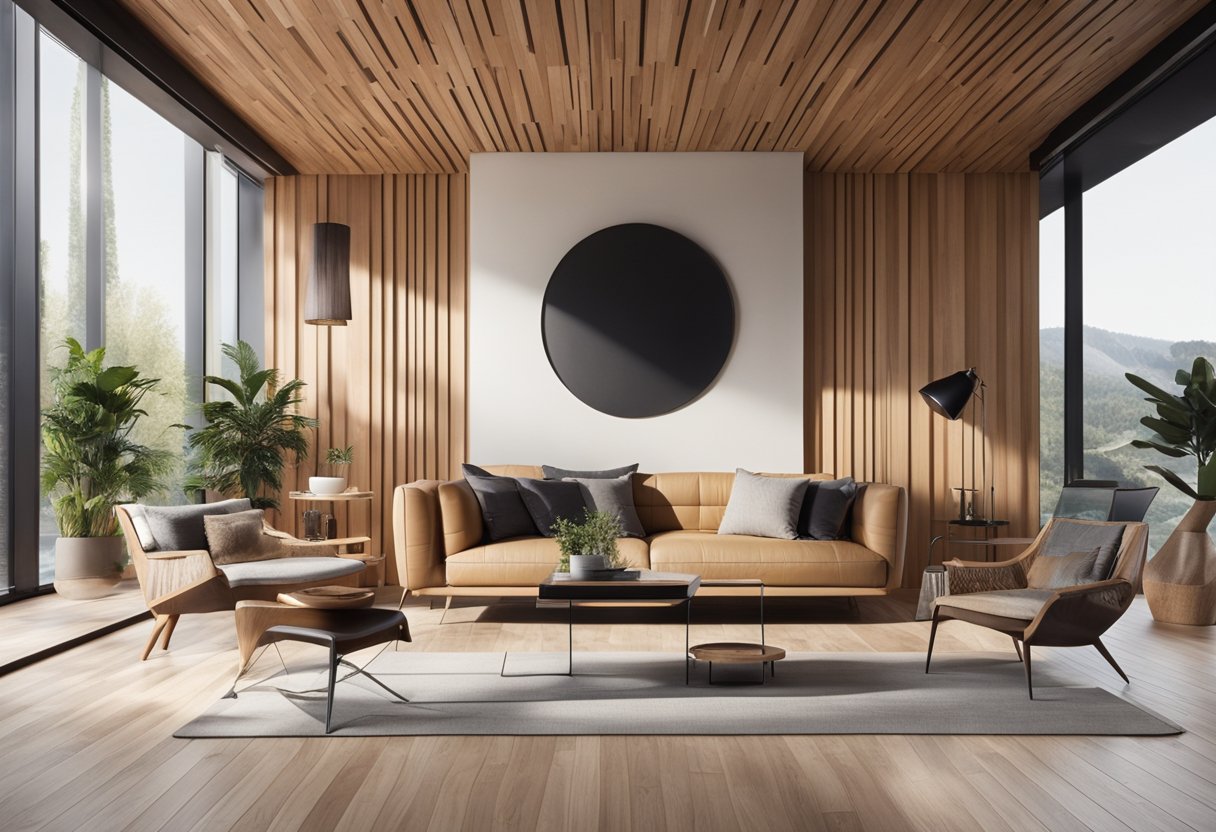
Wooden interiors are timeless, and they bring a sense of warmth and comfort to any space. However, wood interior design is not just about traditional or rustic styles. In recent years, there have been many exciting trends and innovations in the field of wood interior design. Here are some of the most notable ones:
Emerging Trends in Wood Design
Contemporary wood design is all about combining traditional materials with modern techniques. This trend is all about creating a balance between old and new, and it is perfect for those who want a modern style with a touch of rustic charm. Industrial wood design is also becoming increasingly popular, especially in urban settings. This style is all about using raw, unfinished wood to create a minimalist and edgy look.
Technological Advancements in Woodworking
Technological advancements in woodworking have made it possible to create intricate designs and patterns that were once impossible. CNC routers, for example, allow designers to create complex shapes and curves with ease. Laser cutting technology is also becoming increasingly popular, as it allows designers to create intricate patterns and designs on wood.
Creative Applications of Wood
Wood is not just a building material; it can also be used as an art form. Sculptures, room dividers, and decorative accents made from wood are becoming increasingly popular. Wooden staircases are also a creative way to add visual interest to a space. Statement pieces made from wood, such as a unique coffee table or a wooden chandelier, can also be used to add a touch of luxury to a space.
Wood is also an eco-friendly and sustainable building material. Using wood in construction can reduce the carbon footprint of a building, as wood is a renewable resource. In addition, wood is durable and can last for many years, making it a cost-effective choice for building materials.
Overall, wood interior design is an exciting field that offers endless possibilities for creative design and artistic expression. Whether you prefer a contemporary or traditional style, there is a wood interior design trend that will suit your taste.
Frequently Asked Questions
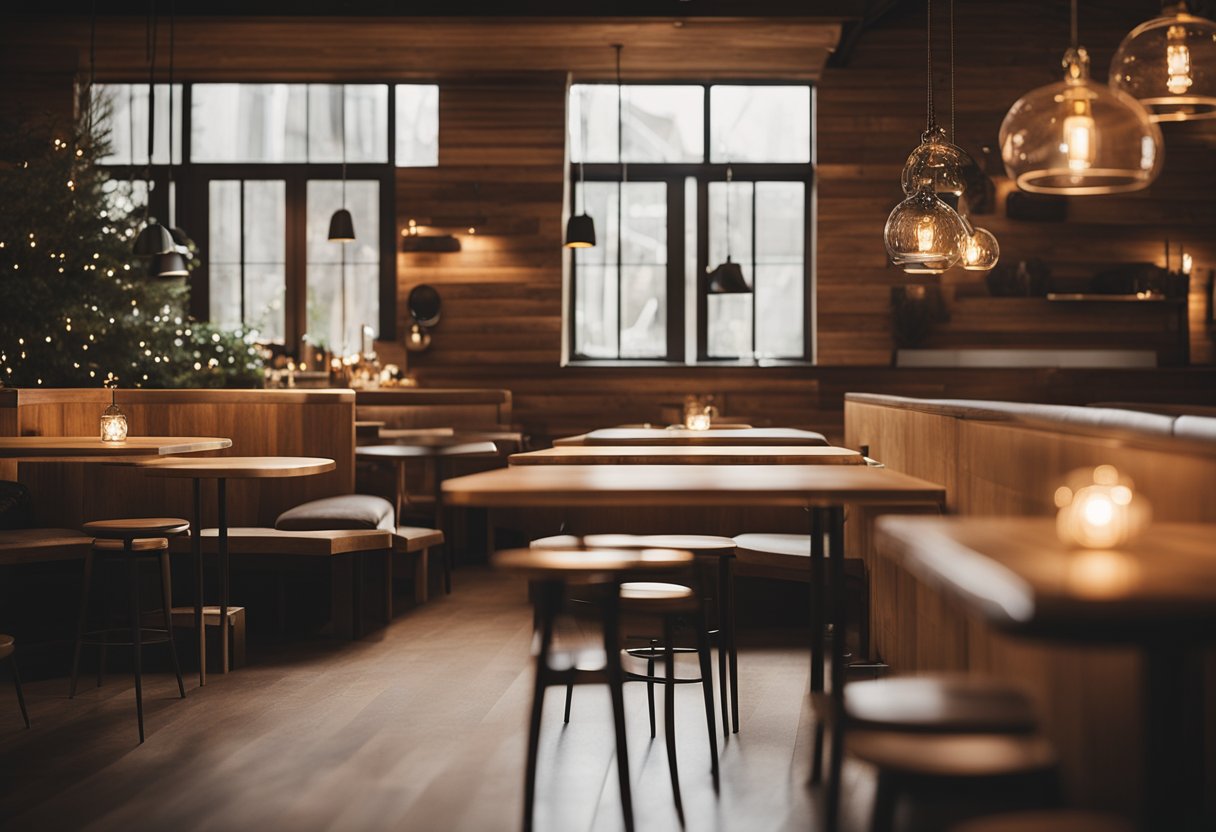
How can I incorporate wood to enhance my living room’s ambiance?
Wood is a versatile material that can add warmth and texture to any living room. You can incorporate wood into your living room in many ways, such as using wooden furniture, flooring, or wall cladding. Wooden furniture such as a coffee table, bookshelf, or sideboard can create a focal point in your living room, while wooden flooring can add a natural and timeless feel to your space. Wooden wall cladding is also a great way to add texture and depth to your living room.
What are some innovative ideas for integrating wood into modern interior designs?
Wood can be used in many innovative ways to create modern interior designs. For example, you can use wooden slats to create a feature wall or partition in your living room. You can also use wooden panels to create a unique ceiling design or use wooden beams to create an industrial look. Another idea is to use wooden tiles to create a statement floor or to create a wooden feature wall with integrated lighting.
In what ways can simple wood elements transform the aesthetics of a home interior?
Simple wood elements can transform the aesthetics of a home interior by adding warmth, texture, and character to a space. For example, you can use wooden furniture to create a rustic or traditional feel, or use sleek wooden finishes to create a contemporary look. Wooden accessories such as picture frames, vases, or bowls can also add interest and depth to a space.
What are the latest trends in wooden bedroom design for a cosy and stylish look?
The latest trends in wooden bedroom design focus on creating a cosy and stylish look. One popular trend is to use wooden wall panelling to create a feature wall behind the bed. Another trend is to use wooden bed frames or headboards to add warmth and texture to a bedroom. You can also use wooden bedside tables or dressers to create a cohesive look.
Could you suggest some wood types that are both sustainable and stylish for interior decorating?
There are many sustainable and stylish wood types that you can use for interior decorating. Some examples include bamboo, reclaimed wood, and FSC-certified wood. Bamboo is a fast-growing and renewable resource that is both durable and stylish. Reclaimed wood is a sustainable option that adds character and history to a space. FSC-certified wood is sourced from forests that are managed in an environmentally responsible way.
What are the benefits of using wood in small space interior design?
Using wood in small space interior design can have many benefits. Wood can add warmth and texture to a small space, making it feel more inviting and cosy. Wooden furniture can also be more compact and versatile, making it easier to fit into a small space. Additionally, wooden finishes can reflect natural light, making a small space feel brighter and more spacious.

